Man’s Search for the
‘Best Exercises’
When specific exercises matter and when they DON’T!
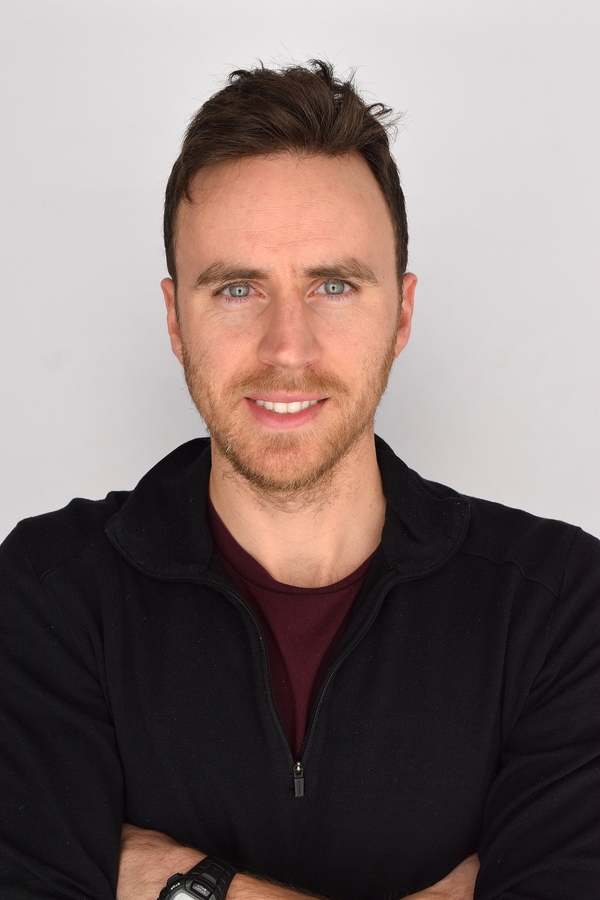
By Garrett de Jong - June 2021
If you scroll through social media or walk by a magazine stand you’ll easily find posts or articles claiming “top exercises”, “best exercises” or “must-do exercises”. These “top exercises” can be for anything as general as “full-body fitness” or as specific as plantar fasciitis. There’s only one problem: they seem to be constantly changing!! I don’t get it!
I have to admit that I have spent a decade on a quest to find these specific magical exercises. I have learnt a lot but I rarely find any that I stick with for long. In this blog post I want to shed light on when we might need these specific exercises and when we DON’T.
These “top exercises” can be for anything as general as “full-body fitness” or as specific as plantar fasciitis. There’s only one problem: they seem to be constantly changing!!
First of all, when we might need specific exercises:
1- Rehab for tissue damage. If you tear your Achilles you will need to eventually strengthen it post surgery (You wouldn’t do shoulder presses). But even here there isn’t a perfect consensus. For example, should you start with isometric exercises or eccentric exercises? And how many reps, sets and at what tempo (speed of reps)??
2 – Movement patterns matter. When designing a full body strength plan you will want to ensure all the major movement patterns are being trained. These are essentially 1. Push movement 2. Pull movement 3. Squat movement 4. Hinge movement 5. Carry movement.
3 – Sport specific movements. If your goal is to simulate your sport you will need to find exercises that resemble the movement demands of your sport. On the other hand the argument can be made to simply play your sport instead! I’ve often said, the best rehab or strength exercise for runners is RUNNING 🤯!
4- After a thorough assessment! After a truly thorough assessment, we can determine “what’s missing” in your ability to move without restriction. Alternatively we can find your “lowest hanging fruit” or your “weakest link”. Over the years I’ve come to learn that what one believes to be a thorough assessment can be misleading at times. For example, if we determine that your foot does not pronate well we can do exercises to target this BUT if we investigate further we might also notice that your pelvis is having a hard time rotating. Just like everything else in your body it’s all connected. Your foot’s ability to pronate is dependent on your pelvis’s ability to rotate. If we only address your foot without addressing your hip we are missing part of the problem! These complexities of the body are why I’ve come to love the work of Anatomy in Motion (AiM). The principles of AiM make these seemingly complex relationships into very obvious ones. In this example the solution is simple, provide a specific exercise that teaches the foot to pronate while the pelvis rotates away (I’m simplifying it a bit but I hope you get the point!).
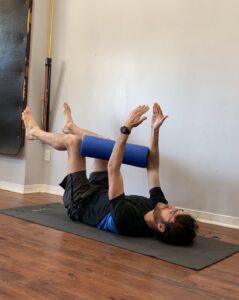
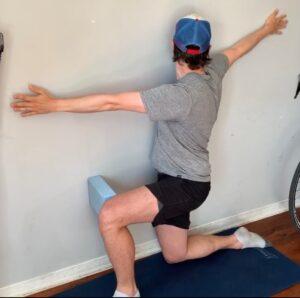
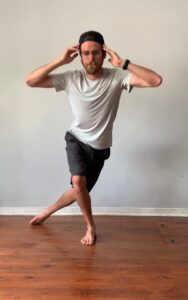
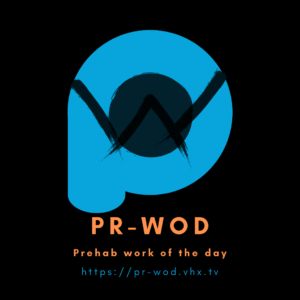
OK and when we DON’T need specific exercises:
1- Principles > specifics. Specific exercises don’t really matter if we don’t have strong principles behind them. For example, if you’re not consistent with the exercises it doesn’t matter if you got a celebrity trainer to write you a complex plan. If you’re not accountable to the plan, the next time you’re tired after work you’ll probably skip your exercises (…yes, yes you will). If you don’t prioritize quality over quantity your 200 squats won’t be as beneficial as 10 quality reps. If your plan doesn’t include variability, you’ll be feeding yourself a poor movement diet.
2- If you’re a fresh tube of toothpaste! New runners/exercisers or even those of us that have taken a little break are analogous to a fresh tube of toothpaste. Any stimulus will lead to desired results. If you spend 10 hours a day sitting you will benefit from any movement. Don’t make it more complicated than it needs to be! Now if you’re an Olympic runner in mid season, you will need some specific exercises to get results because you’ve already squeezed that tube to toothpaste in many different ways!
I hope this post helps us understand when specific exercises may be needed but for the most part I hope it liberates us to understand that most of the time the specifics don’t really matter as much as we think!
OK now for my humble plug! My PR-WOD program is designed with these principles in mind. Don’t get me wrong, from years of obsessing about biomechanics PR-WOD has specific exercises to address key areas of restriction and weakness in runners. But as I’ve illustrated these specifics won’t pay off unless they are grounded in strong principles. Read more about PR-WOD principles and/or sign up for the FREE trial here!
Thanks for reading, I would love to hear your questions or feedback.
Cheers,
Garrett